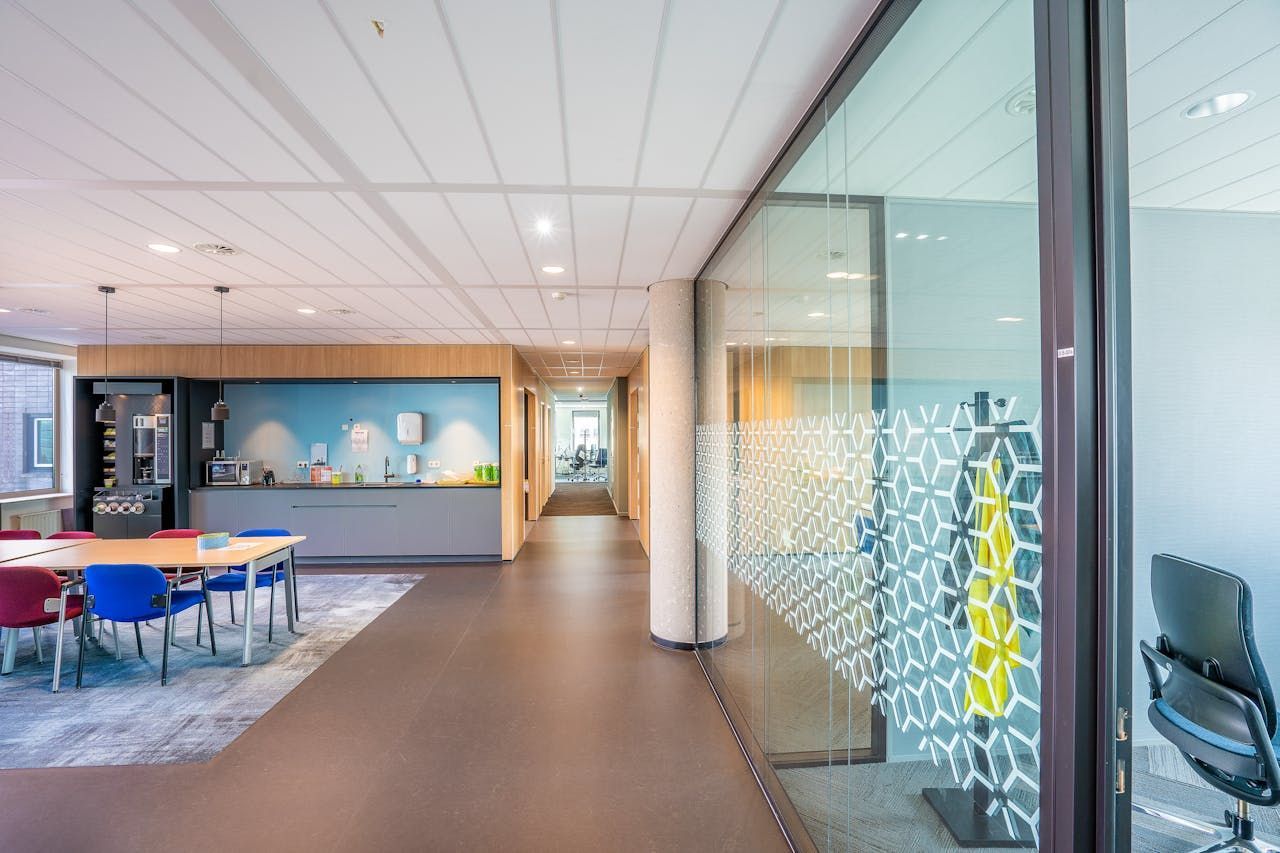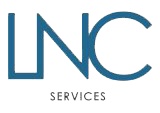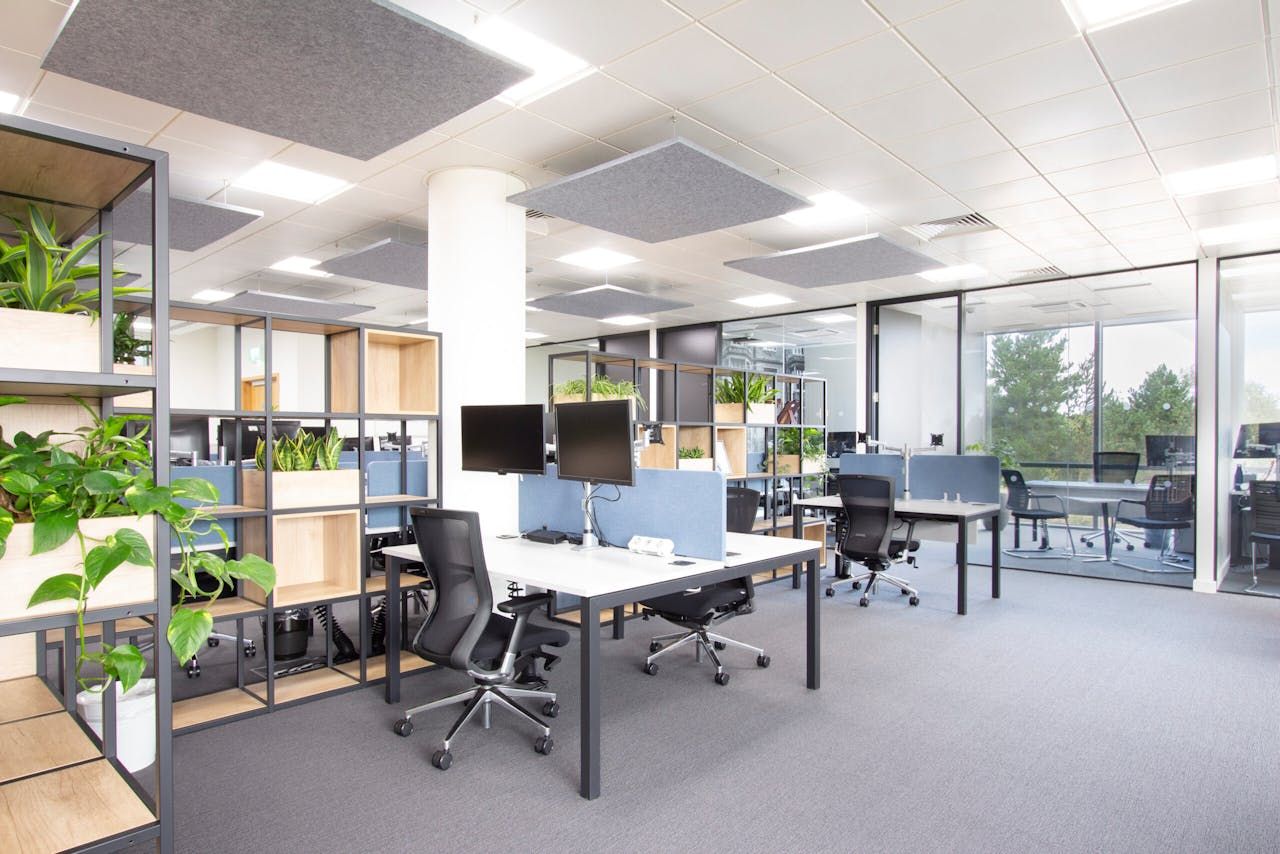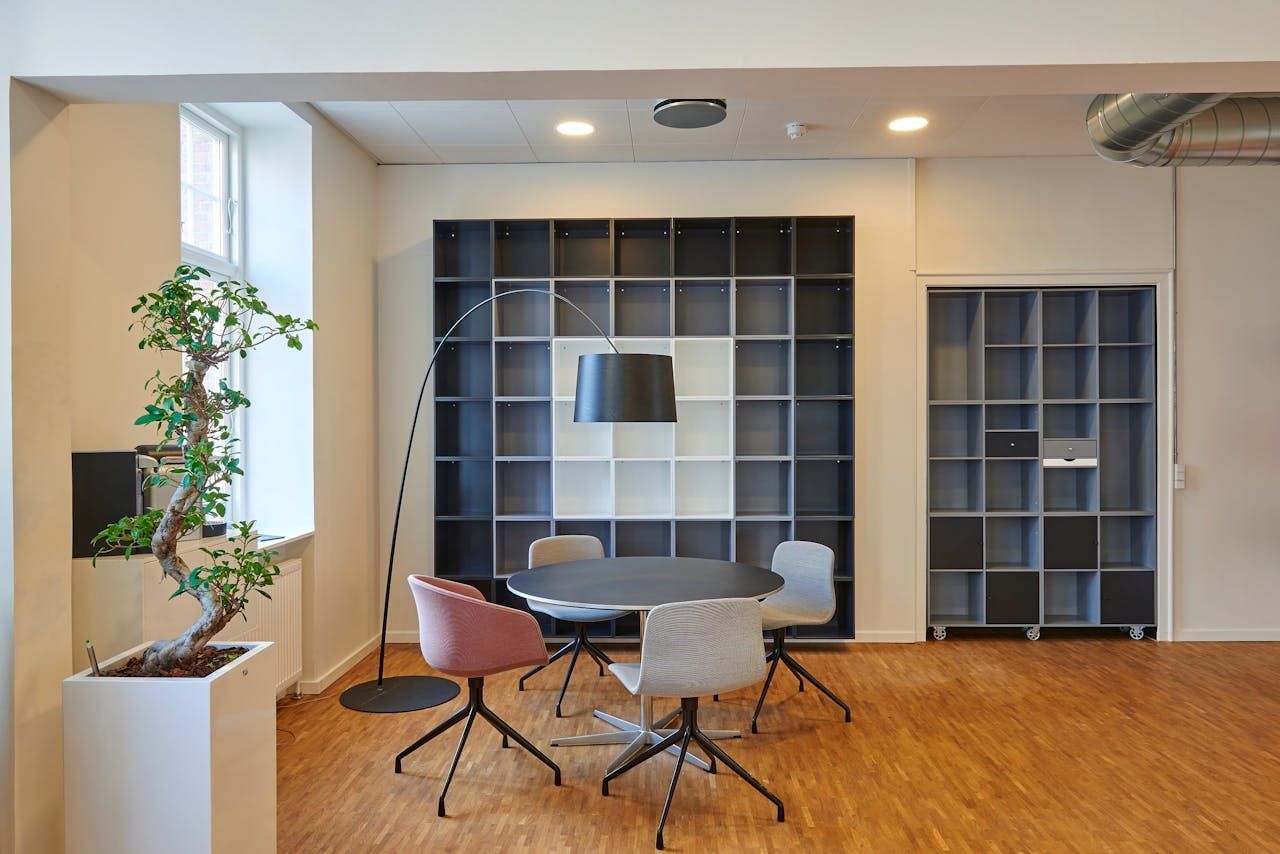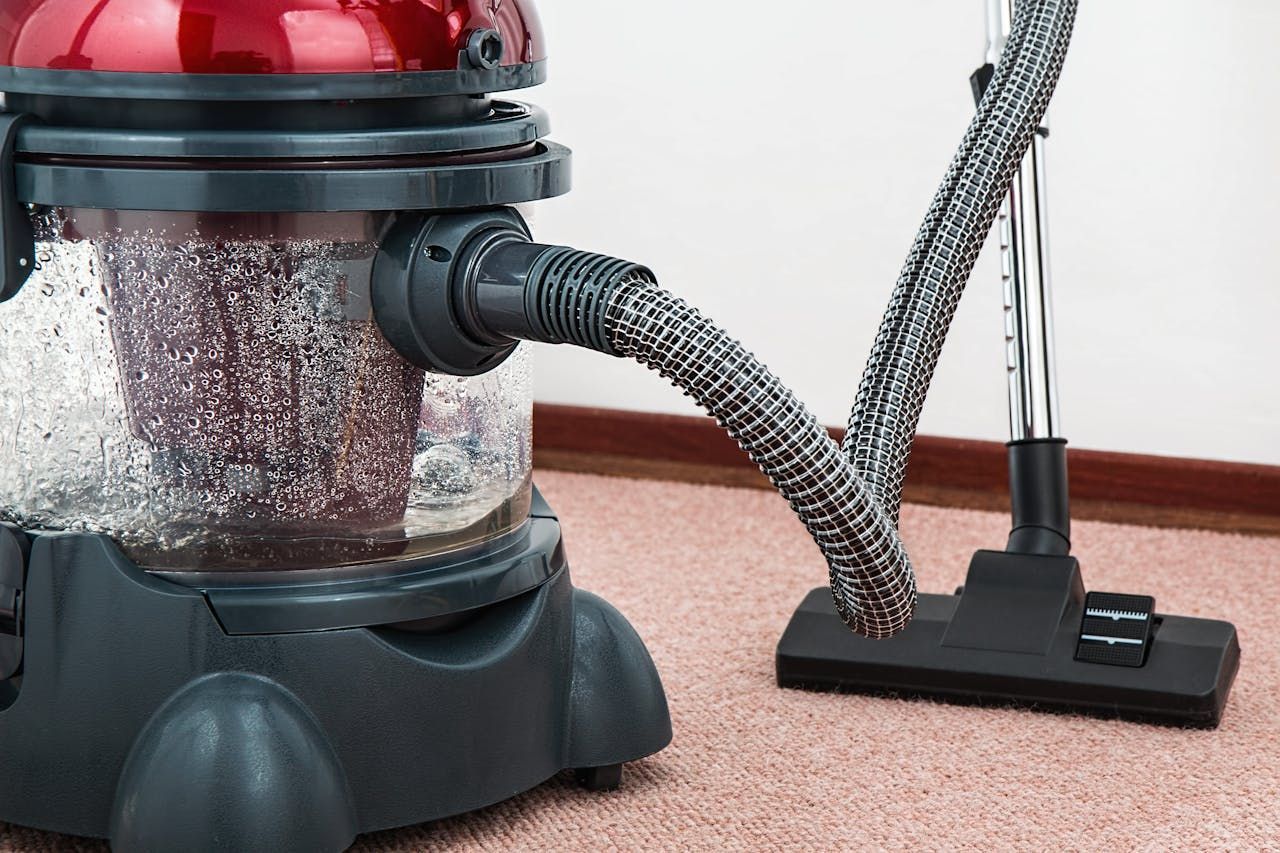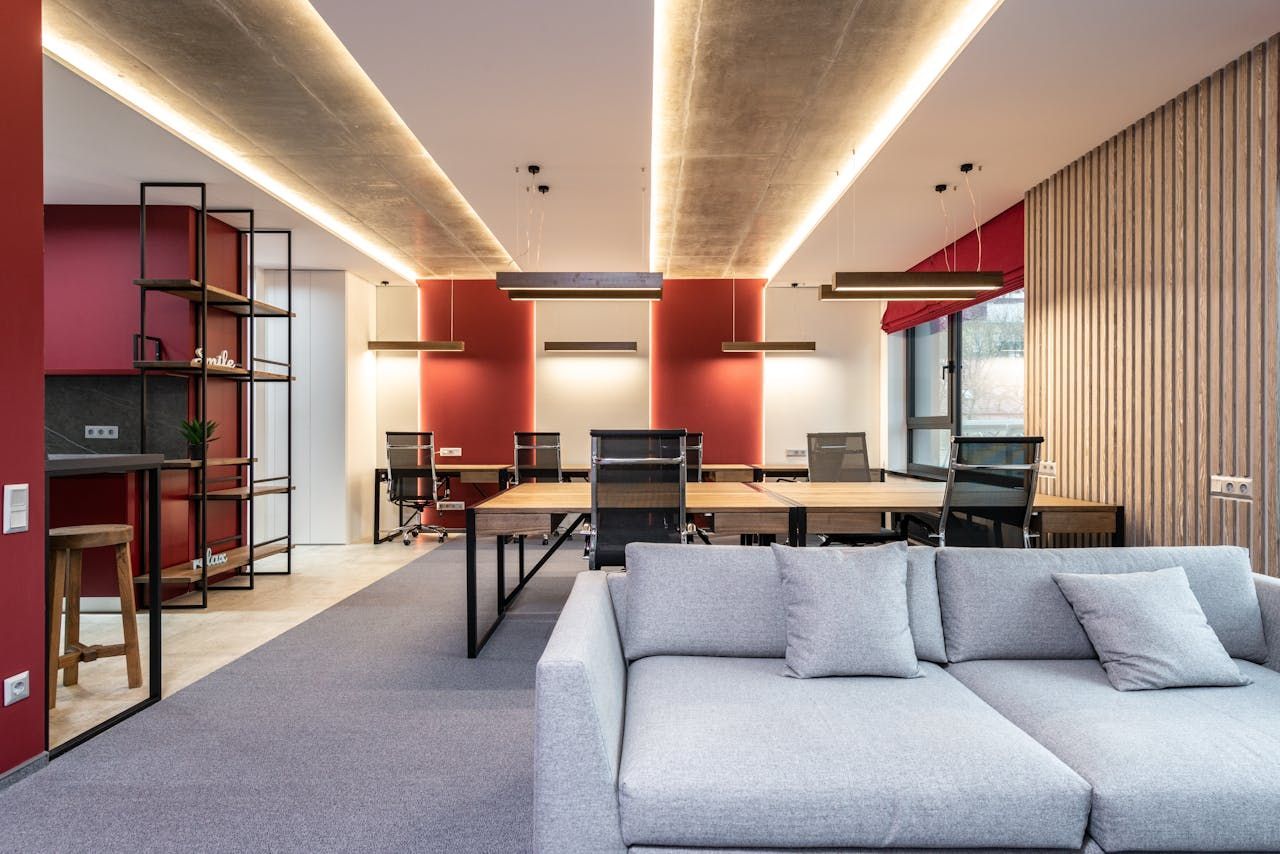The Art of Delegation: Essential Skills for Office Managers
Office management can sometimes feel like you’re the pilot of a plane and you have a full flight. The demands of office management can be high, as you’re responsible for so much. That’s why delegating effectively is important - you not only get more done as a team, but you allow your team to expand their abilities.
We delve into the importance of sharing responsibilities and how to choose which tasks to give to whom so that every day has a safe landing!
Why Delegation is Essential for Office Managers
Every office manager has experienced the stress of trying to bear the weight of everyone’s roles. But that’s simply not the way to a productive, cohesive and happy team.. Delegating appropriate tasks to the right people can make a world of difference to your work and your work culture.
Increased productivity and efficiency
Delegation frees up your time from lower-level tasks so you can focus on more strategic work. Putting the right people in the right jobs means everyone is working at their most efficient level.
Improved employee engagement and development
Delegation empowers employees and fosters a sense of ownership over projects or aspects of a business. By sharing responsibilities, you can build a culture of working together.
Reduced stress and burnout
The responsibilities of an office manager can be overwhelming at times. Delegation can alleviate pressure on managers, reducing your stress and risk of burnout.
How To Know What To Delegate
Not every task is suitable for delegation. Some will need your expertise and some require privacy. But there will be plenty that can be well managed by other members of your team - or even subcontracted out.
Step 1: Identify tasks that can be handled by someone else. This might include attending meetings, making bookings, ordering resources, following up with clients or checking documents.
When you know exactly what tasks on your plate can be done by someone else, you’ll be able to prioritise what remains even more effectively.
Step 2: Identify strengths and interests within your team. Have someone who has great attention to detail?
They can help with proofreading emails or checking social media posts. Did someone mention that they were interested in developing a new skill that can be used? Offer to find a training course, and then you know it’ll be done competently, and your team member will have enhanced their skillset.
Step 3:
Ask for help! Doing the delegating can be the most difficult part if you’re used to doing things yourself or you’re worried about putting pressure on your team. But by showing you value their individual skill set, you empower them to take action on their own initiative.
A good way to initiate the delegating is to ask about their current workload or schedule to find out if they might have space for your tasks.
Don’t Overwhelm
It’s easy to get carried away when you start relieving the burden from yourself. But it’s essential to pace delegation so people can find their feet with each new duty.
Can this task free up time for everyone?
This is a critical question to ask. There may be some tasks that take time from you and your team unnecessarily. Things like cleaning or building maintenance might seem easier to manage in-house, but often take you away from what needs to be done. Delegating to an external contractor or company means you focus on doing what needs to be done.
And there are some things that simply have to be done by outsourced professionals, such as
PAT testing or contract work. In these cases, it’s best to delegate outside of your team so you can all do what you do best.
Delegation Strategies
There are many ways to approach delegation, but they all rely on you understanding your team, the needs of your company and your own workload. Here are some of the easiest ways to put delegation to work…
Be Clear
Clarify the task that needs to be done - include any benchmarking you’ll be looking for, as well as aims, desired outcomes and deadlines.
Be Available
Don’t dump and run - someone new to a task will need to communicate more about it. Also don’t make someone feel inconvenient for asking questions - the more they know, the better the outcome and the more success you’ll see.
Build Confidence
Empower them to make decisions without checking with you. It can start small, but the point is to take some of the strain from you and give the team more responsibility. Starting this process little by little can pay off in the long run.
Feedback
Let people know how they did. You might not always have positive feedback, but constructive feedback can do more to move someone forward than a disingenuous pat on the head.

Mastering The Art Of Delegation
By fostering a collaborative environment that celebrates the successes of a team, you can create a workplace that is destined for growth and high productivity. Strategically distribute responsibilities and embrace delegation as a cornerstone of your managerial toolkit.
If you’re ready to put delegation into practice,
request a quote
from our experts today and take the first step toward a more efficient work environment today.
